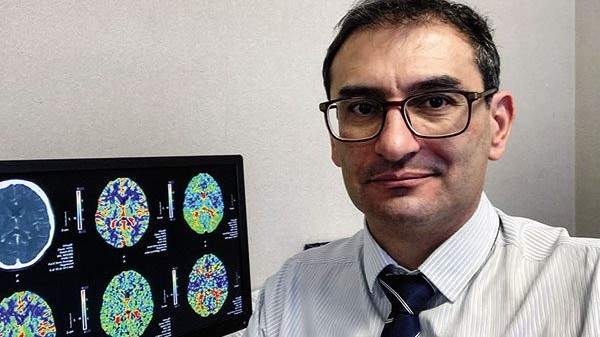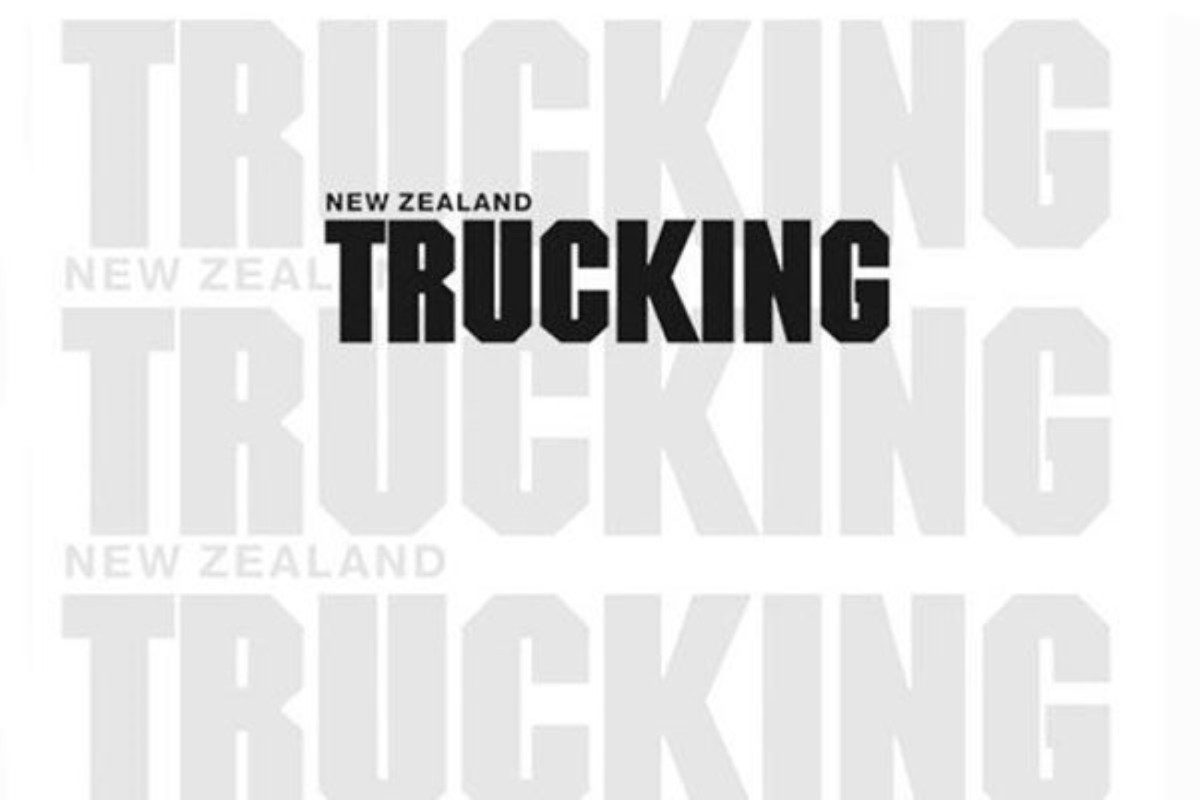Stroke and Driving: What the risks look like, and how to prevent them

Each year, about 9000 people in New Zealand have a stroke. We speak to Dr Karim Mahawish, a stroke specialist at Auckland’s Middlemore Hospital, about what a stroke looks like, what you can do to prevent them, and the risks facing the transport sector.
What is a stroke, and do we know what causes it?
Dr Mahawish: Stroke refers to a sudden interruption of the blood supply to your brain, which can cause permanent damage.
The most common causes are high blood pressure and diabetes. The problem with these conditions is that they may not cause much in the way of symptoms until it’s too late, and then the person suffers a stroke or heart attack. Other causes include an irregular heartbeat, called atrial fibrillation, which tends to cause more severe strokes. Finally, alcohol consumption, smoking and a sedentary lifestyle are also associated with stroke.
Purely genetic causes of stroke are rare. Many of the strokes we see in long-haul drivers can be prevented.
What is a ‘warning stroke’?
Dr Mahawish: Some people can experience a mini-stroke, more accurately called a transient ischaemic attack. These are symptoms that last less than an hour. They are also considered emergencies as they are a warning that a full stroke can happen within days.
Is any age group more at risk of stroke than any other?
Dr Mahawish: While strokes become more common as people get older, people of all ages can be affected – even children.
What are some of the misconceptions about stroke?
Dr Mahawish: Stroke symptoms are sudden but are not generally as dramatic as other emergency conditions, such as the chest pain people experience with heart attacks. The most common symptoms are sudden onset weakness, numbness or partially losing vision. Often people with, say, a weak arm, for example, will think they ‘slept funny’, or people experiencing visual loss will arrange to see an optician. This is a major problem, as urgent hospital treatment gives people the best chance of recovering fully. About 2,000,000 brain cells are lost every minute during a stroke – there is no time to waste!
How can someone tell if they have had a stroke, and what can people do to help?
Dr Mahawish: People can experience a wide range of symptoms from a stroke – anything your brain does can be affected. The face-arm-speech test (FAST) is a reliable way of detecting a stroke. If someone is FAST-positive, emergency treatment is crucial. If you, or you suspect someone else, is having a stroke, it is important to seek help urgently.
We are lucky to live in a country that has contributed to world-class research into strokes. We have good access to effective treatments via close working between paramedic crews, hospital staff and aeromedical services. Depending on the type of stroke, treatment options include clot- busting medication given by drip or specialised procedures to unblock blood vessels in the brain. The services are there – we need people to get to the hospital early enough to give the treatments a chance to work.
Are long-haul drivers any more likely to suffer a stroke than other people?
Dr Mahawish: Long-haul drivers shouldn’t be at any additional risk, provided they keep a regular check on what’s referred to as vascular risk factors, i.e. making sure they keep on top of their blood pressure and diabetes (for instance, by taking their medication regularly and having checks), maintain a healthy diet and exercise regularly.
Most of the strokes we see in long-haul drivers are preventable – it is devastating for long-haul drivers to be told they can no longer hold a commercial licence because of a stroke. This decision can be reviewed after a minimum of three years.
What can truckers and transport operators do to reduce their risk?
Dr Mahawish: Maintain a healthy lifestyle with regular exercise and a good diet, keep a healthy weight, don’t smoke, limit alcohol consumption, and get blood pressure checked regularly. If they have high blood pressure or diabetes, they must be very strict about taking their medication regularly and having check-ups.
How stroke may affect your ability to drive
In 60 minutes of driving, you make 70,000 decisions. According to the Stroke Foundation of New Zealand, your ability to make these decisions and drive safely after a stroke can be affected in various ways. You may have physical or visual problems or difficulty concentrating for long periods or making quick decisions.
Each person is affected by a stroke differently. Some can return to driving a class 1 or 6 vehicle after a month, while others will take much longer.
For vocational driving, such as licences for heavy vehicles or to carry passengers, the stand-down period after a mini-stroke is six months. However, people who have had a stroke are generally not granted licences for vocational driving. In some cases, a return to driving may be considered if there has been a complete recovery and the person has remained free of transient ischaemic attacks or strokes for three years.
Read more
No gym, no worries
0 Comments7 Minutes
Apples and oranges
0 Comments7 Minutes
Why do we exercise?
0 Comments6 Minutes
Exercise more in 2024
0 Comments7 Minutes




